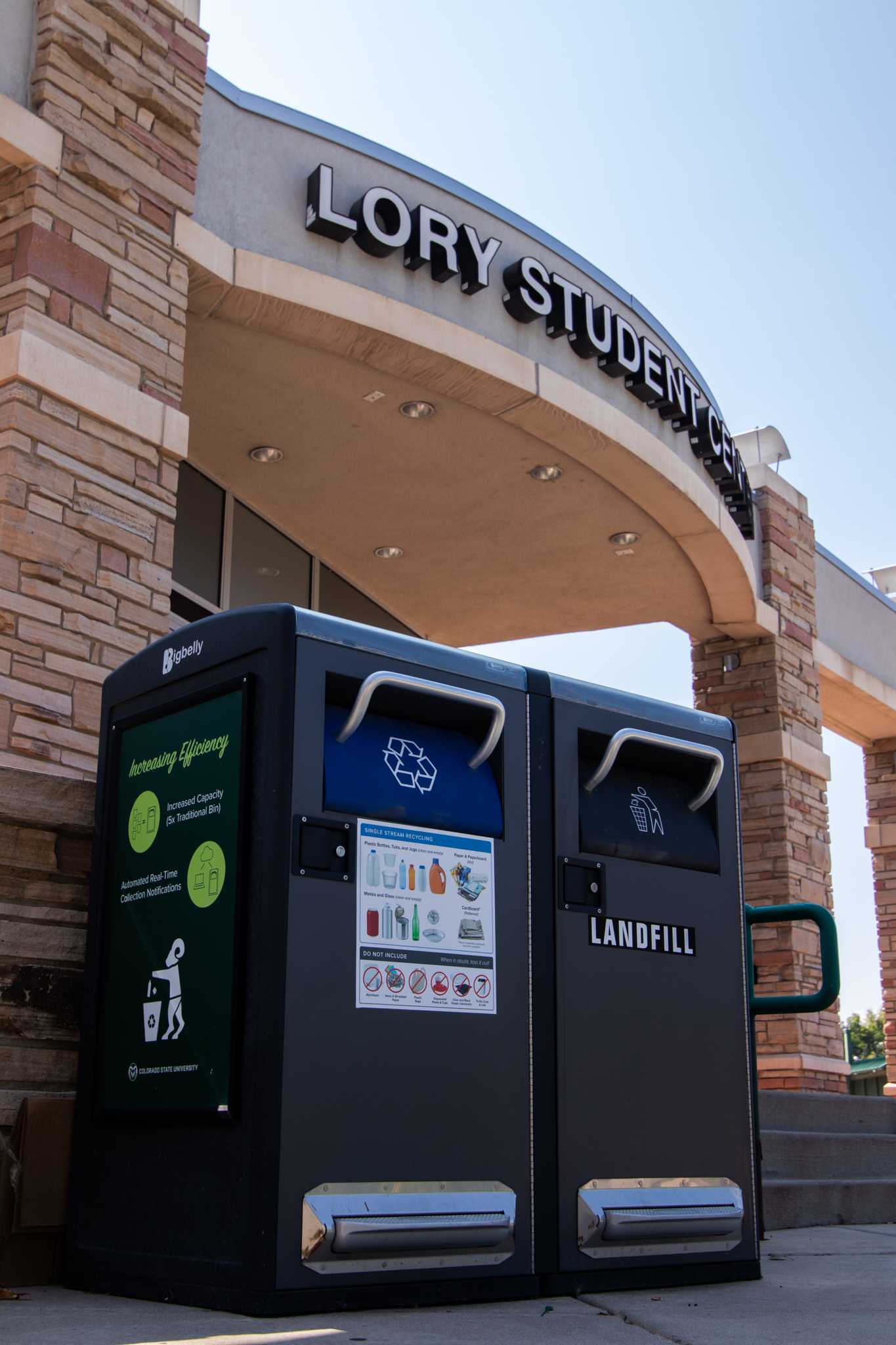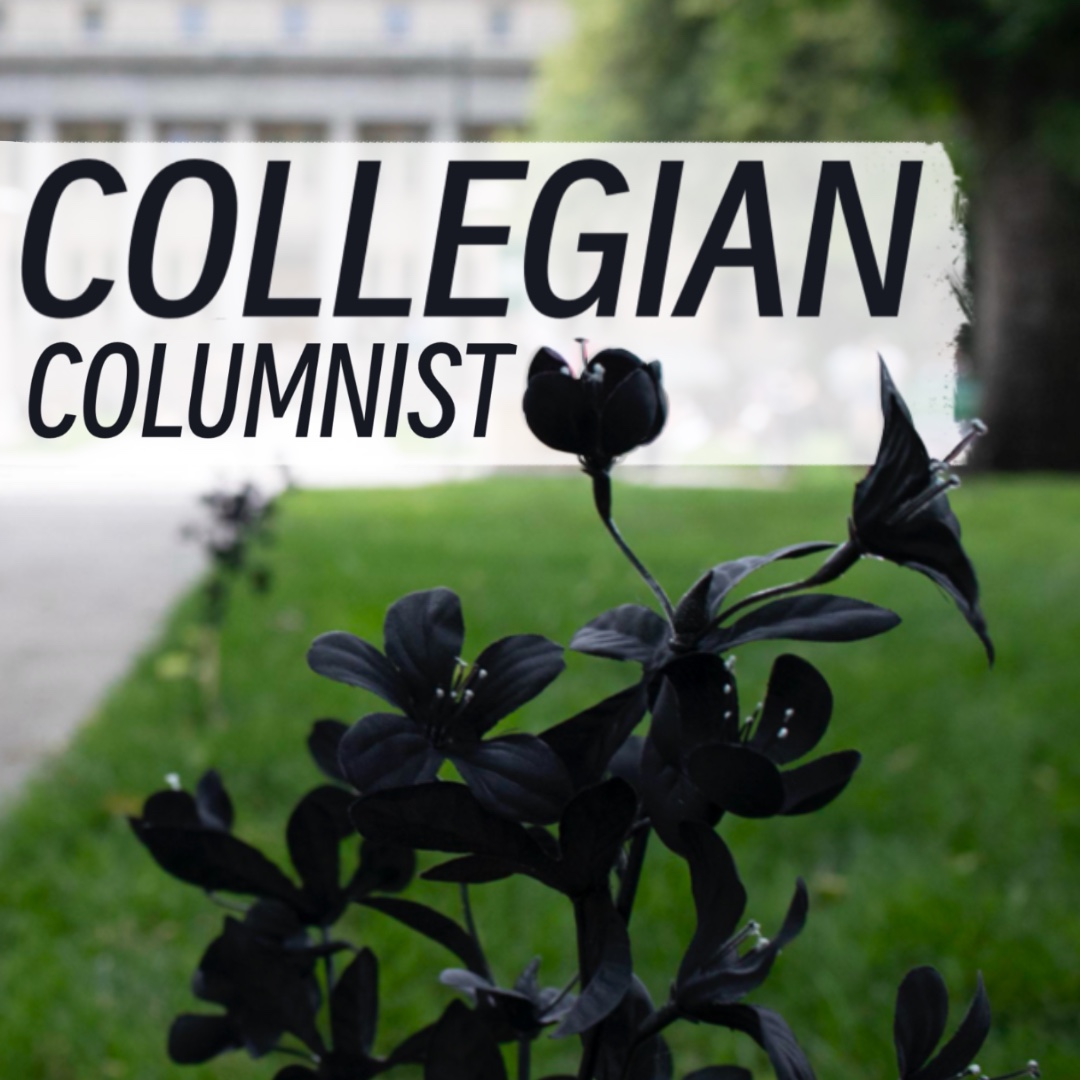
Editor’s Note: All opinion section content reflects the views of the individual author only and does not represent a stance taken by The Collegian or its editorial board.
Colorado State University has received consistent recognition for its sustainability efforts over the years, and rightfully so. It should come as no surprise, considering the University’s efforts to integrate solar power into their infrastructure, use of campus-grown herbs in dining halls and Moby Arena’s capacity to be heated and cooled by ground-source heat.
But in Sierra Club’s annual ranking of “Cool Schools” (sustainably friendly universities), CSU came in at No. 10, behind schools like the University of California Irvine, Arizona State University and Cornell University. CSU’s inclusion on Sierra Club’s list is no small feat, considering the sampling size of the ranking, but could CSU do more to rise in the ranks, and if so, what more could CSU Housing & Dining Services do?
CSU Residential Dining Services, specifically, does a lot right. They place an emphasis on purchasing locally sourced products, give leftover food to both students and the Food Bank for Larimer County and allow eligible students to sign up for free meal swipes.
93% of all food waste generated by CSU Dining Services is diverted through composting alongside waste to energy programs — and a good portion of that compost returns to campus in landscaping projects. Leftover cooking oil is recycled as well.”
Although CSU prioritizes working with local companies to purchase products and produce, Joe Hostetler, the residential dining procurement manager for CSU HDS, reported that only about 20% of the department’s annual budget is spent on local products. Hostetler said although CSU tries to buy locally sourced products as much as possible, it can be challenging to find suppliers that can keep up with the University’s demands.
“Unfortunately, the academic year is right when (the) growing season wraps up and then starts again,” Hostetler said. “So a lot of the harvest in the area happens in the summer months.”
However, an adjustment to menus could potentially remedy this. According to the Colorado Fruit and Vegetable Growers Association, tomatoes, potatoes, mushrooms and cucumbers are available year-round.
Hostetler also said although CSU works with a local meat distributor — Flatiron Provisions — the product itself is provided by Boar’s Head Provisions Company, a national meat company. To further invest in Colorado’s economy, CSU dining could look to purchase meat directly from a local meat company.
Leftover food is donated to the Food Bank for Larimer County, and students who sign up for alerts are also able to pick up leftover food from catering events in the dining halls.
According to Nicole Guild, a customer service representative and admin assistant for CSU Dining Services, CSU donated 7,535 pounds of food to the Food Bank for Larimer County in the last fiscal year.
For food-insecure students or those who are impoverished, CSU also offers the Rams Against Hunger Meal Swipe Program, food pantries set up across campus and food pantry delivery for students, faculty and staff who sign up for RamRide Food Ops.
Additionally, 93% of all food waste generated by CSU Dining Services is diverted through composting alongside waste to energy programs — and a good portion of that compost returns to campus in landscaping projects. Leftover cooking oil is recycled as well.
The dining halls are adequately stocked to meet the needs of vegan and vegetarian students, too. There are options for a vegan burrito in Parmelee and Corbett halls’ dining area, The Foundry; vegan milk varieties and breakfast items including waffles in Braiden Hall and vegan Mongolian and salad options at Ram’s Horn Dining Center.
Gluten-free options are also accommodated, with gluten-free buns available throughout the dining halls in addition to omelets, scrambles, pasta and even gluten-free options at the Mongolian Grill in Ram’s Horn.
Conversely, though, other schools that ranked higher than CSU on the Sierra Club’s annual Cool Schools ranking, like Arizona State University, also place an emphasis on the use of cage free eggs, reusable to-go boxes and tray-less dining to discourage food waste. CSU’s Green Dining webpage makes no mention of any of this, and the latter two of the three were not available when I was frequenting the campus’ dining halls as a freshman.
Despite room for potential improvements, CSU Dining Services does a great deal for CSU’s students — especially those that are impoverished and food insecure. Though there are things that could make them more sustainable, their efforts don’t go unnoticed and are tremendously admirable.
Nathaniel McKissick can be reached at letters@collegian.com or on Twitter @NateMcKissick.








